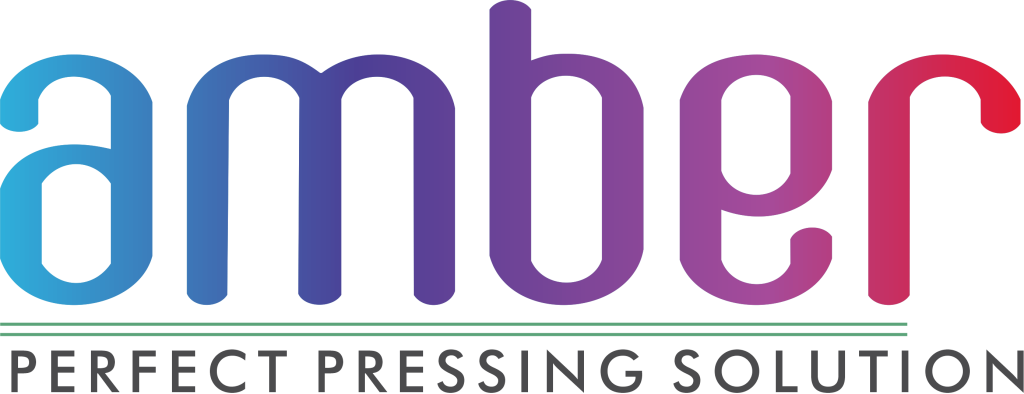Tetra Pak waste boards are often made from recycled Tetra Pak cartons and are used in various applications, such as furniture, construction materials, and packaging.
- Material Preparation: The process begins with collecting and sorting Tetra Pak cartons for recycling. These cartons typically consist of multiple layers of paper, plastic, and aluminum.
- Shredding: The collected Tetra Pak cartons are fed into a shredding machine. This machine cuts the cartons into smaller pieces, facilitating the subsequent processing steps.
- Pulping: The shredded Tetra Pak material is then mixed with water to create a pulp. This pulp mixture helps separate the various components of the cartons, such as paper fibers, plastic, and aluminum.
- Forming: The pulp mixture is poured onto a forming machine, which spreads it evenly onto a conveyor belt or a forming surface. This forms a wet mat of fibers with a uniform thickness.
- Pressing: The wet mat of fibers is then transferred to a pressing machine. This machine applies heat and pressure to the mat, compressing it and removing excess moisture. The pressing process helps bond the fibers together and forms a solid board.






Reviews
There are no reviews yet.